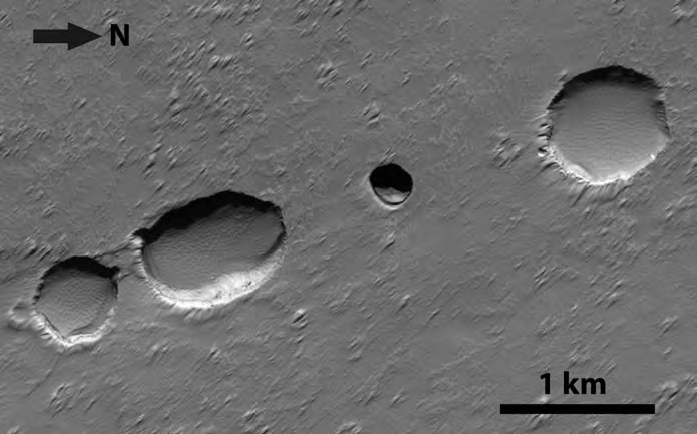They may not be the roomiest or most comfortable setting for your next dinner party, but scientists believe an underground network of tubes carved out by lava flows could help shelter humans on Mars.

The Canadian Space Agency seems to think it’s a good idea, and is currently providing funding for a team of researchers from McGill and Carleton universities (as well as several institutions in the United States) who are laying the groundwork for an eventual underground home on the Red Planet.

The team will be climbing down into a similar network of tubes, at the Lava Beds National Monument in California, and performing field work to chart the spaces and identify microbes who have already taken up residence.
“The focus is to have students doing the field work, doing in-situ analysis, experiments in these lava caves, running different field-portable instruments that are either similar or relevant to future space instruments,” said the project’s principle investigator, McGill University’s Richard Léveillé.

Get daily National news
“It’s doing real science in lava tube caves on Earth that will teach us something about the science of lava tubes on Mars.”
Mars is extremely harsh compared to Earth, with little atmospheric shielding from cosmic radiation and dramatic temperature swings and high winds at the surface.
The cave-like tubes beneath astronauts’ feet could provide some measure of protection from the elements, provided they are stable enough.
Léveillé and one of the student researchers travelled to California earlier this year to begin their research project, and the team will be heading back again in the spring. A lot of the Californian tubes have tiny openings, including one Léveillé is pictured emerging from above.
“Underground it was like 20 feet wide, and lots of fun stuff to look at,” he said.
Léveillé said the tubes on Mars represent a unique potential habitat and could already be playing host to ancient (or current) Martian life. Still, it’s much too early to predict if the first team of astronauts will be living above or below ground.
Collapse of the tunnels is one potential risk when living beneath the surface, but in general, the tubes on Mars are likely to be stable.
“If the thing formed and survived the initial formation, it’s probably going to stick around for quite some time,” Léveillé explained.
“Mars is pretty inactive. It doesn’t have plate tectonics like on Earth, we don’t think there are earthquakes.”








Comments